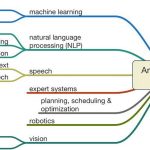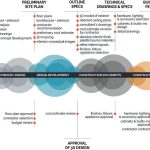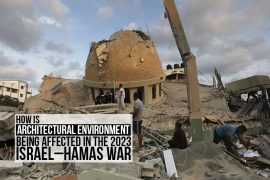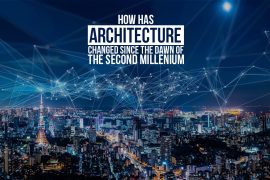Reality, as we know it in these years, is experiencing a momentous shift. Today, our world is on the verge of a tremendous technological revolution that will propel the real world we live well beyond the confines of physics and time. Today, various new technologies building the future’s metaverse – an immersive, interconnected 3D world where Virtual Reality (VR), Augmented Reality (AR), Artificial Intelligence (AI), Blockchain, and Cryptocurrencies will alter how we live, work, and socialize.

We may spend more time in the metaverse than in the real world by 2030, as predicted. Additionally, it is also said that people will use the metaverse’s virtual capabilities to apply for jobs, earn a living, meet with friends, shop, and even marry. Also, higher education and job training may be conducted in virtual 3D environments in the future decade, including boardroom and workplace sessions. Businesses and governments will rely on the metaverse’s strength and reach to share information, provide services, and collaborate like never in the past.
Virtual reality is changing the way architects produce and exhibit their work. Designers now can give fully immersive experiences to customers, allowing them to explore every facet of a design. This new advancement in technology is altering the limitations of architectural design and offering a world of imaginative possibilities.
Metaverse and Metaverse in Architecture
The Metaverse is a virtual universe that connects many virtual worlds, allowing users to smoothly go from one to the next. It is an all-encompassing experience that combines virtual reality and the use of augmented reality to create an almost real environment. Within the metaverse, users can interact with one another, attend events, and conduct business. Metaverse architecture is the place for people to engage with one another as well as with other virtual objects in three dimensions. There is a wide range of design and exploration for the architects.
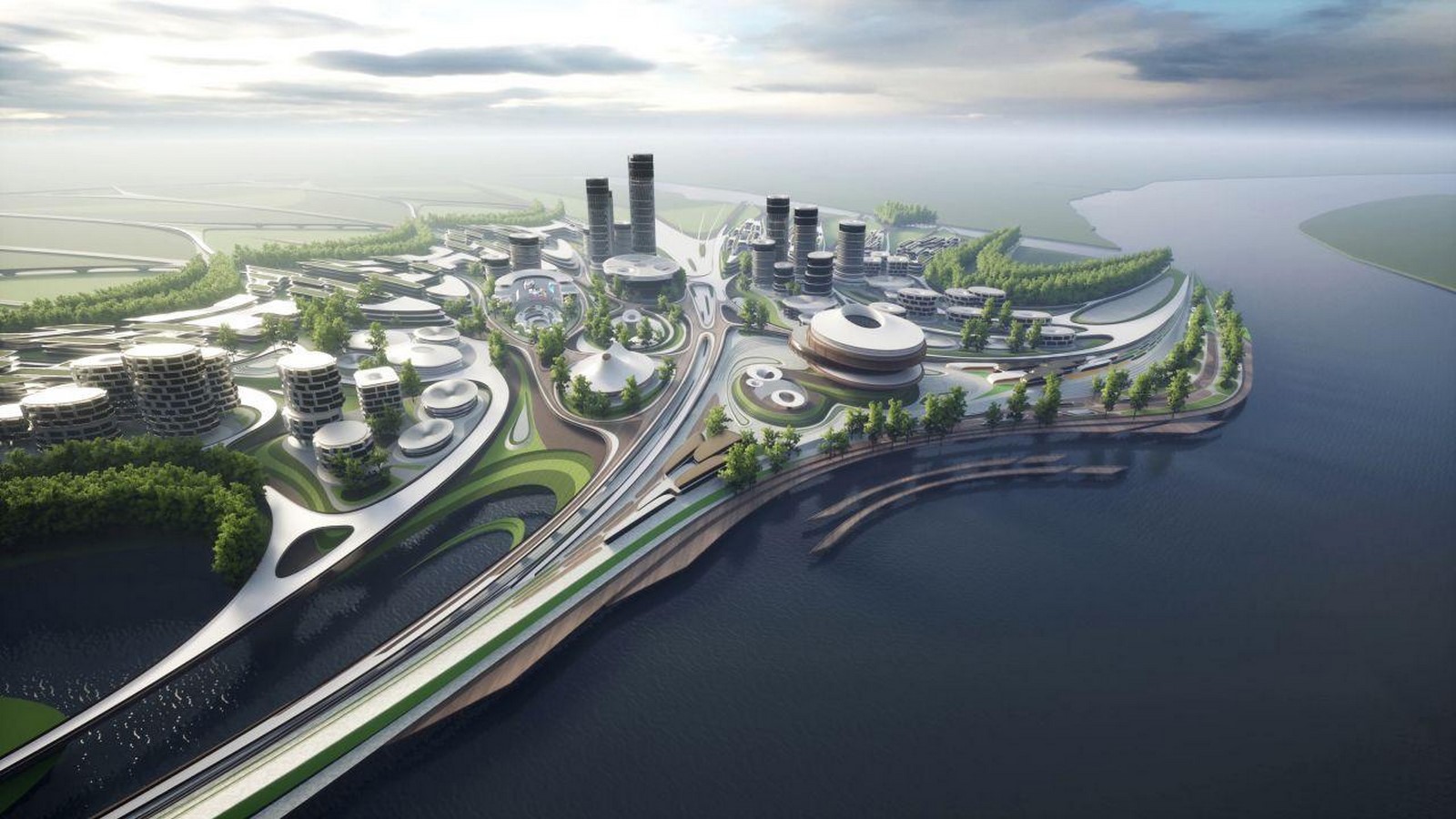
Timely, metaverse in architecture has opened various paths to move on. The architecture of the metaverse is the architecture similar to traditional architecture which belongs to its time and place, so it is. Metaverse architecture is about the development of infrastructure in the metaverse through new advanced technologies. Metaverse architecture is the platform architecture to explore beyond the limits. The quote, “Sky is not the limit,” is the inspiration for the architects to design and develop a structure that is limited to the real world yet it can be experienced and created virtually.
Artificial Intelligence and Artificial Intelligence in Architecture
AI is the ability of a computer or computer-controlled device to perform intelligent tasks such as reasoning or learning from experience. When it all started a long time ago, the term that was used was cognitive computing which is the idea that, in the face of cognitive overload, we would require help making judgments.
It is the technology that enhances the efficiency of architectures in terms of designing, and brainstorming and helps in designing hardcore ideas.
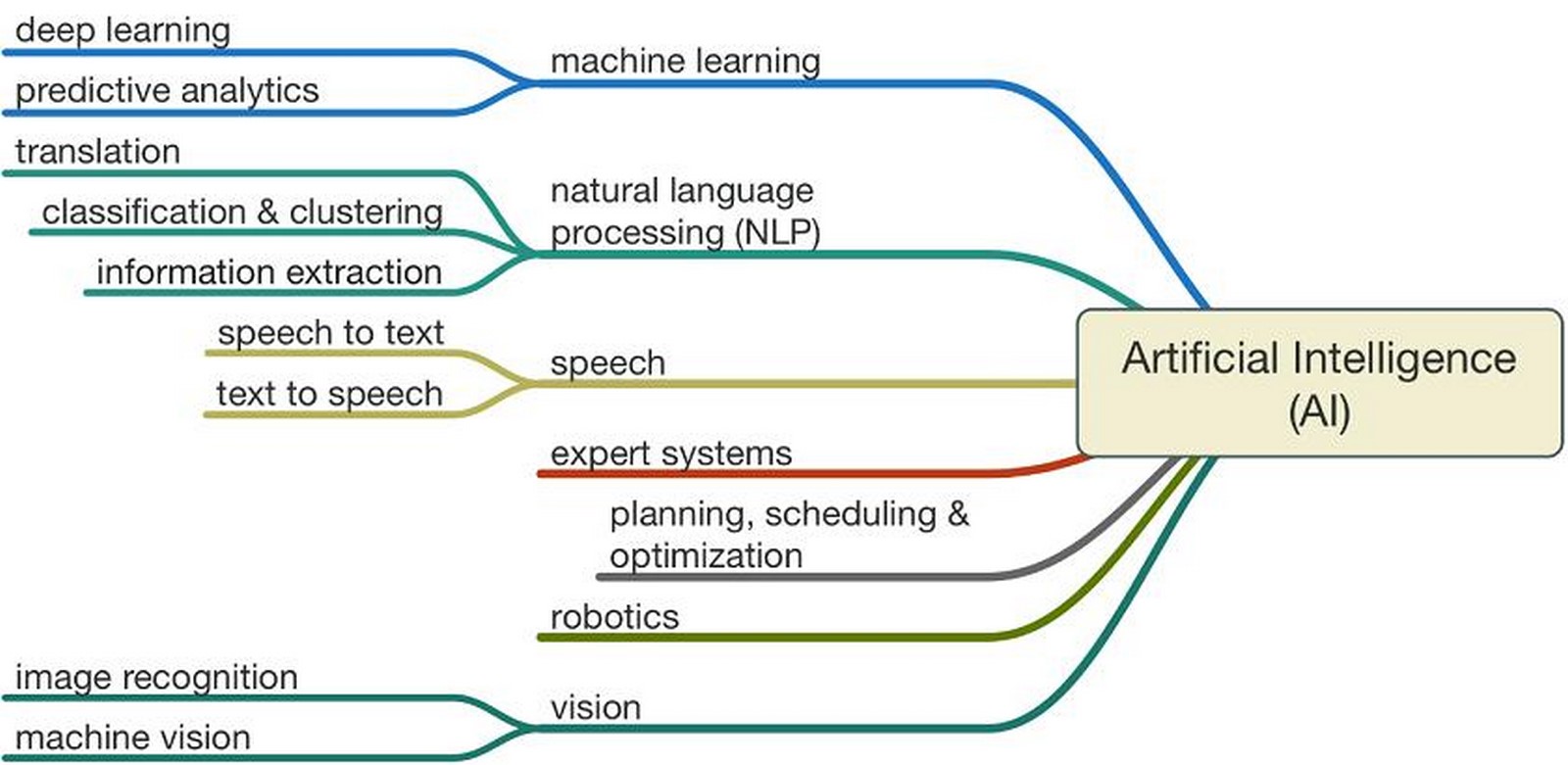
With this technology at the use, architects have created design concepts that are unimaginable in the physical world today also and along with optimizing projects based on sustainability and economics. AI also made it possible for architects to find patterns that can help them make more effective and ecologically responsible design choices. The team of skilled AI specialists can also assist architects in making the most of AI and elevating architectural workflows.
There are many uses for artificial intelligence in architecture, from creating cutting-edge smart city designs to visualizing interior design. As for architecture, AI is already widely employed in architecture, whether it is through the usage of BIM software or something more entertaining like a calculator.
Software is being developed specifically with architects’ needs in mind as they are also learning to code. AI can now rapidly organize complicated buildings, with architects just adding some of the final touches. There are various programs available that can provide the optimal layout of areas based on our requirements and the data we enter.

Last but not least, artificial intelligence has led architects to model their surroundings. We can perform all the essential building and environmental studies using various software or a variety of open-source plugins for SketchUp, all without ever having to leave our computers.
Augmented Reality and Augmented Reality in Architecture
AR can be understood as the combination of digital 3D models and actual construction sites in the fields of design, engineering, and construction. By amalgamating together, the design and construction in a hybrid virtual world and creating a shared experience, augmented reality (AR) is a communication tool that can used the boost productivity. From the initial stages of design to the continuing operations and maintenance, AR is helpful throughout the entire design and construction process.
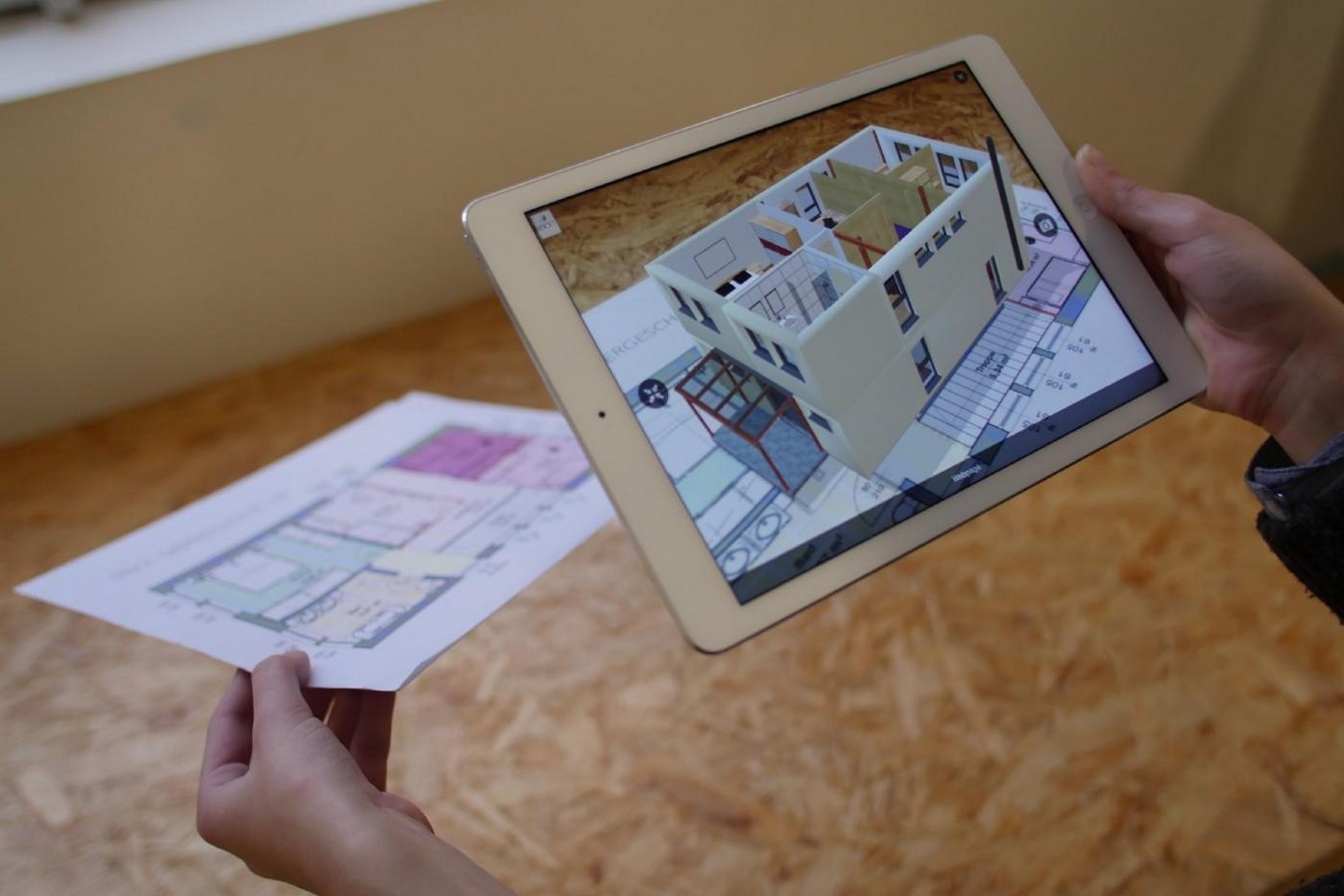
AR in architecture is using the combination of 3D digital models of buildings or the parts of buildings that are embedded with data onto actual places. These digital models, which are frequently produced from BIM (Building Information Modeling) data, enable designers and builders to overlook structural systems, mechanical systems, formal variables, finishes, furniture, and more. When connected to all necessary trades, contractors, and subcontractors on the job site, augmented reality (AR) offers uncountable opportunities to test designs in an immersive setting and to resolve conflicts and mistakes before they are incorporated into physical structures.
Today, these advances in technology have indeed led architects to go beyond the line exploring the ideas and concepts that were in dreams a few decades ago. The metaverse, AI, AR, and other virtual approaches have enabled humankind towards its one of the best inventions in time.
Reference:
- Bharadwaj, H. (2017) New realities: VR, AR, MR, and the Future of Design: Toptal®, Toptal Design Blog. Available at: https://www.toptal.com/designers/product-design/vr-ar-mr-the-future-of-design (Accessed: 04 October 2023).
- AI in architecture: 10 use cases, Examples & Technologies (no date) AI in Architecture: 10 Use Cases, Examples & Technologies. Available at: https://www.itransition.com/ai/architecture#:~:text=AI%20allows%20them%20to%20brainstorm,workflows%20to%20the%20next%20level. (Accessed: 04 October 2023).
- A.I. Architecture Intelligence (no date) Future Architecture. Available at: https://futurearchitectureplatform.org/news/28/ai-architecture-intelligence/ (Accessed: 04 October 2023).
- Render4tomorrow (2023) Metaverse for architects: Building the future of virtual reality, Render4tomorrow. Available at: https://www.render4tomorrow.com/metaverse-for-architects (Accessed: 04 October 2023).
- Author Zach Mortice et al. (2023) AR in architecture unites design and construction-in virtual and Real Worlds, AR in Architecture Unites Design and Construction Teams. Available at: https://www.autodesk.com/design-make/articles/what-is-augmented-reality (Accessed: 04 October 2023).





